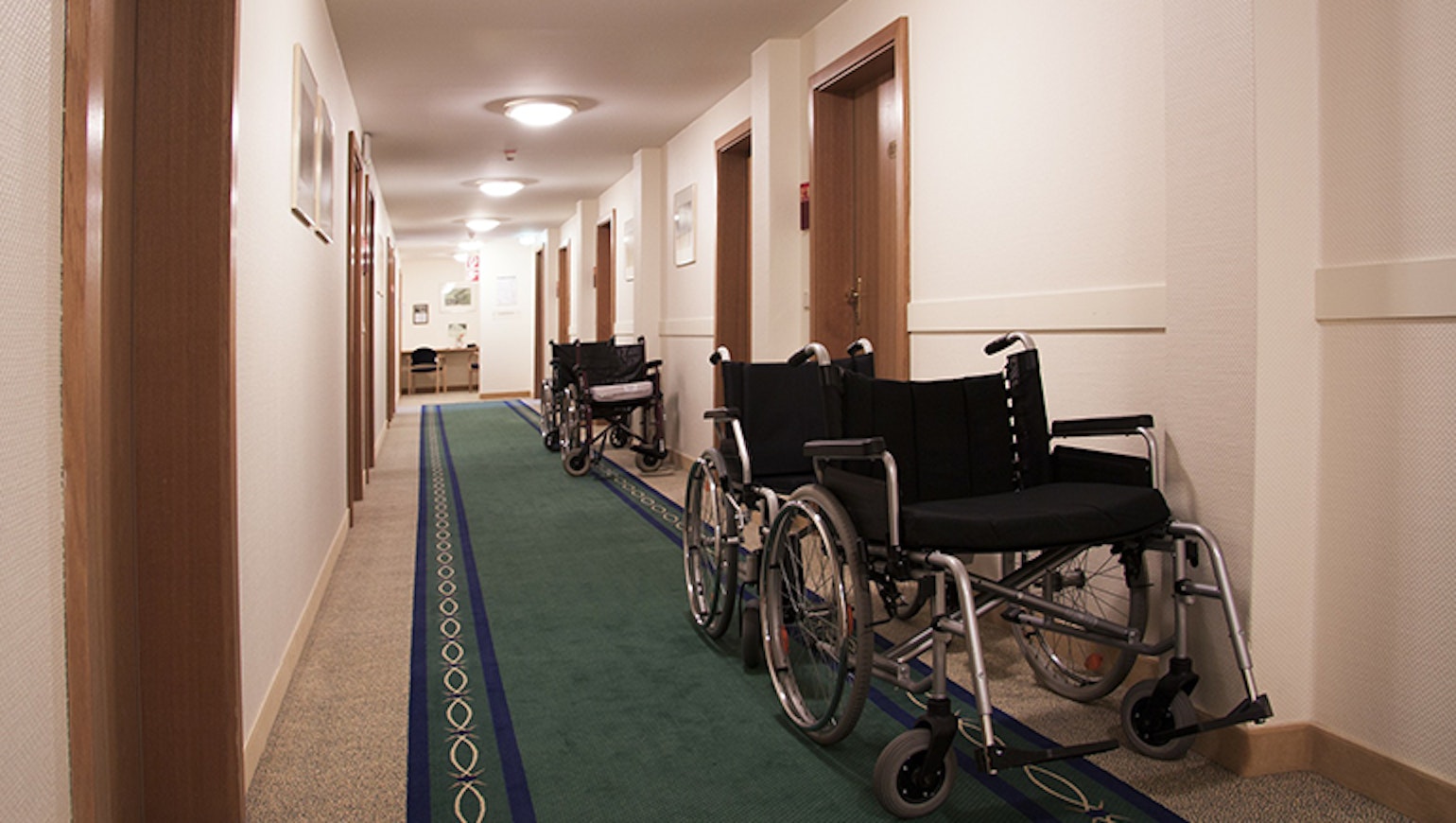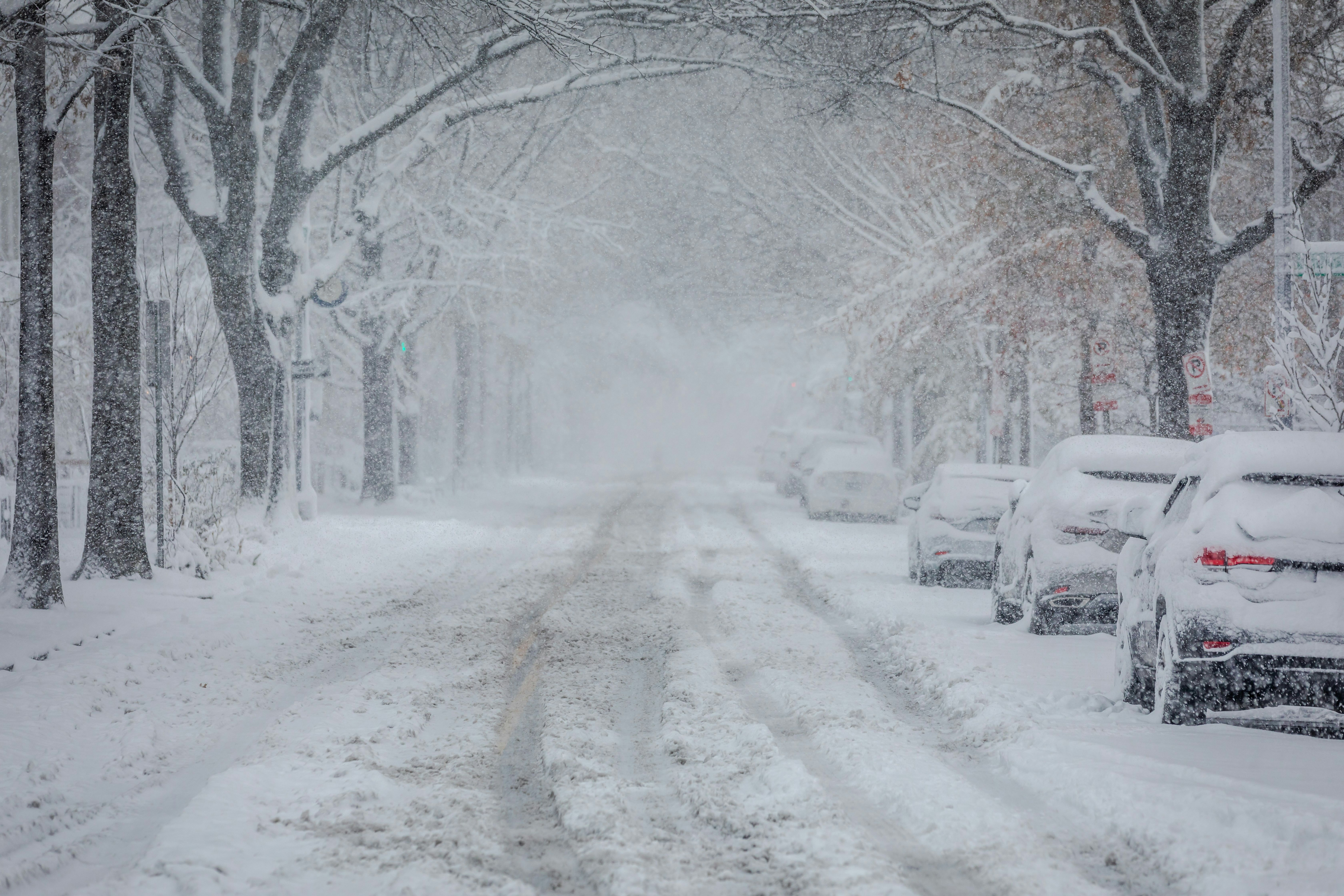Managing resident safety risks in care homes
Resident safety is integral to care provision, as is being transparent about mistakes. Nevertheless, while mistakes happen, incidents in care homes can significantly and negatively impact on business. As well as affecting the resident, their family and members of staff, cases of neglect or mismanagement also affect the home’s reputation, risking its financial stability.
By Alan Boswell Group

While care home insurance can help mitigate the financial impact, avoiding unnecessary risks should be a priority. We look at how to manage resident safety, including how to implement effective risk assessments.
Identifying common safety risks in care homes
Risks affect everyone living or working in a care home, so don’t forget to assess potential hazards from all angles, rather than focusing just on risks to residents.
Hazards in your care home will (to an extent) depend on the type of services you provide. For example, nursing or dementia care presents different risks to residential care or a supported living facility. In some cases, the risks may be the same or similar, but the level of risk and the consequences may be bigger or smaller depending on the residents you support.
Typical areas of risk include:
Physical risks
As well as physical risks to people, such as slips, trips, and falls, physical risks also include hazards caused by the building itself or equipment. This could include blocked doorways and locked windows. Poorly constructed or unsecured furniture can also be a risk if there’s a chance it might collapse or break.
Also, think about moving and handling risks to staff, whether moving residents or equipment, and consider how to prevents falls from windows.
Environmental risks
Environmental hazards include threats to health and damage to buildings. It can include natural events such as storms or floods, as well as biohazards such as poor hygiene or lack of infection control.
It can also include man-made risks like water pollution, chemical spillage, or even noise.
Fire safety
Fire safety is an essential part of a care home risk management programme. A ‘competent person’ is required to carry out the fire risk assessment, to consider whether the correct fire doors, extinguishers, alarms and procedures are in place.
Lack of fire safety doors or fire extinguishers can increase the damaging consequences caused by environmental risks, such as fire. In one case, a Sussex care home was fined more than £120,000 for failing to adopt proper fire safety measures.
Abuse and neglect
Safeguarding is everyone’s responsibility, but the signs of abuse or neglect can look very different depending on the individuals involved.
Abuse and neglect can be both physical and emotional. For residents in care homes, it can also include:
being denied access to see friends or family;
being kept in their rooms for long periods without reason;
having their right to consent taken away or ignored.
Medication errors
The level of risk can vary significantly depending on the residents you’re caring for, so you’ll need to ensure robust systems are in place for managing medication.
COSHH (Control of Substances Hazardous to Health) risks
Hazardous substances describe anything that has the potential to damage health. It can include chemicals, fumes, dust, and germs.
Lead, asbestos, and radioactive materials have their own set of rules for handling (more information is available from the Health and Safety Executive).
Implementing effective risk assessments
Creating an initial risk assessment takes time, but the result is a document that can (and should) be regularly reviewed and updated. Your risk assessment may also be supplemented by other documents, such as a winter contingency plan.
As well as drafting a document, stressing the importance of health and safety to staff is paramount. Like safeguarding, maintaining a safe and healthy environment is everyone’s responsibility, so employees, residents, and their families should feel able to talk about their concerns. There should also be a clear process for dealing with concerns and complaints.
It always helps to speak to everyone in the home when you create a risk assessment. More input should give you a much broader view of what could go wrong, giving you the chance to make sure it never happens.
The key steps to consider when you put together a risk assessment are:
1. Identify hazards
Breaking down potential hazards into categories (physical, environmental, and medical) can make this simpler, enabling you to focus on every aspect of the home and the type of services you provide.
2. Consider who might be harmed and how
Think about who your identified hazards might affect. Some risks may only apply to residents (like medication provision), while others could apply to anyone who enters the home (such as trip hazards).
3. Evaluate risks and decide precautions
Work out what level of damage or harm could come from each identified risk. Some may be relatively minor, but others may need immediate attention. This can help you set priorities or review existing systems which may need updating or amending.
4. Record and implement your risk assessment
Your risk assessment is evidence that you’ve identified hazards and considered how to prevent them from happening or how to mitigate the impact.
The document should be clearly set out, describing the hazard, risk level, potential consequences and the methods you have in place to manage them. You should also have a clear timeframe for addressing each risk, for example, how often you need to service fire extinguishers, clear gutters, or deep clean kitchens.
Staff training is an essential part of a risk management programme, and you should ensure you are conducting training regularly on the risks in your home.
5. Review and update
You’ll need to review and update your risk assessments as standard practice regularly. But you’ll also need to update it whenever new rules come into effect or your service provision changes.
How insurance can mitigate resident safety risks
Even with the most robust risk assessment, accidents and mistakes happen, but care home insurance can protect you from financial losses.
Care home policies can be complex, reflecting the nature of the care you provide as well as protecting your assets such as the building, equipment, vehicles, and staff. Because of this complexity, insurance providers often offer risk management support and may conduct a hazard survey for you, looking at the property, maintenance schedules, and training files. They may even check your GDPR protocols.
Some insurers will include this support as part of your insurance package, which may also include a free legal advice helpline.
So, while any policy you choose should be tailored to your business and provide a level of support you’re happy with, features to consider include:
Employers’ liability – if you employ anyone (even part-time staff), you’ll need this by law. It covers costs if an employee is injured or ill because of work.
Public liability – compensates members of the public who blame your business activities for injuries or damage to their property (for example, if a relative came to visit and tripped).
Professional liability – covers costs if decisions staff have made lead to a poor outcome.
Medical malpractice – this is slightly different from professional liability and applies specifically to those within the medical field (such as any nurses you might have on your team). It provides cover if injuries or illnesses are caused by misdiagnosis.
Property damage – covers the building, contents, and any equipment on the premises.
Legal expenses – pays for legal expertise if you need to defend yourself or resolve contractual disputes.
Prioritising safety and peace of mind with care home insurance
Providing a safe environment is an essential part of care services. There are severe penalties for homes that don’t prioritise the health and welfare of residents and employees. Fixed penalties imposed by the CQC range between £300-£4,000, but prosecution can lead to unlimited fines and imprisonment.
While the priority is maintaining a safe and healthy home, the unpredictable can happen, and when it does, care home insurance could help cushion the financial blow.
At Alan Boswell Group, we can help you work out what’s right for you. You can speak to one of our experts on 01603 218000 to find out more about our care home risk management and insurance services.
Need help with your insurance?
At Alan Boswell Group, we can help tailor your care home insurance policy so it reflects the activities you carry out, ensuring that all aspects of your business are covered. For more information or to discuss your requirements, you can speak to one of our experts on 01603 218000.
We also offer other types of care and medical insurance, so if you’re considering alternative care services, such as domiciliary care please get in touch.
Make an enquiry
FAQs
Risk assessments allow businesses to identify, consider, and manage risk. They’re an essential part of all businesses and help keep spaces, practices, and people as safe as possible.
You should review your risk assessment at least once a year, but if legislation changes or care plans change, you should review documents with those changes in mind.
There are five key areas to look at in a risk assessment:
Identify hazards
Consider who might be harmed and how
Evaluate risks and decide precautions
Record and implement your risk assessment
Review and update your risk assessment document regularly
Regular staff training
Relevant policies will vary according to the services you provide and your legal and regulatory responsibilities. Each policy should set out a clear process, identifying concerns and what steps you’ll take to resolve or manage these issues.
Policies to consider drafting include:
Safer recruitment
Safeguarding
Medication management
Complaints
Health and safety for residents and staff
Your risk assessment should identify hazards in your care home and provide control measures and guidance on how to prevent or manage incidents.
Related guides and insights

Guide to setting up a care home
Setting up a care home comes with strict rules. We look at your obligations and why care home insurance is an essential part of registration.

Guide to Care Quality Commission assessments
The Care Quality Commission inspects care homes to ensure they meet quality and safety standards. To help you prepare, we look at CQC requirements, what’s involved, and how the result affects your care home insurance premium.

Comprehensive guide to care home insurance: protecting your business
If you own or manage a care home, ensure you have all your insurance liabilities covered with our comprehensive guide.

The difference between domiciliary and residential care
Domiciliary and residential care share similarities, but if you’re thinking about setting up a domiciliary care business or weighing up care options for a loved one, what are the differences and advantages of each?

Winter contingency plans for care homes
To manage risk in your care home, we look at what to consider when it comes to setting out effective winter contingency plans, and how care home insurance can help cover the cost if the unexpected does happen.
